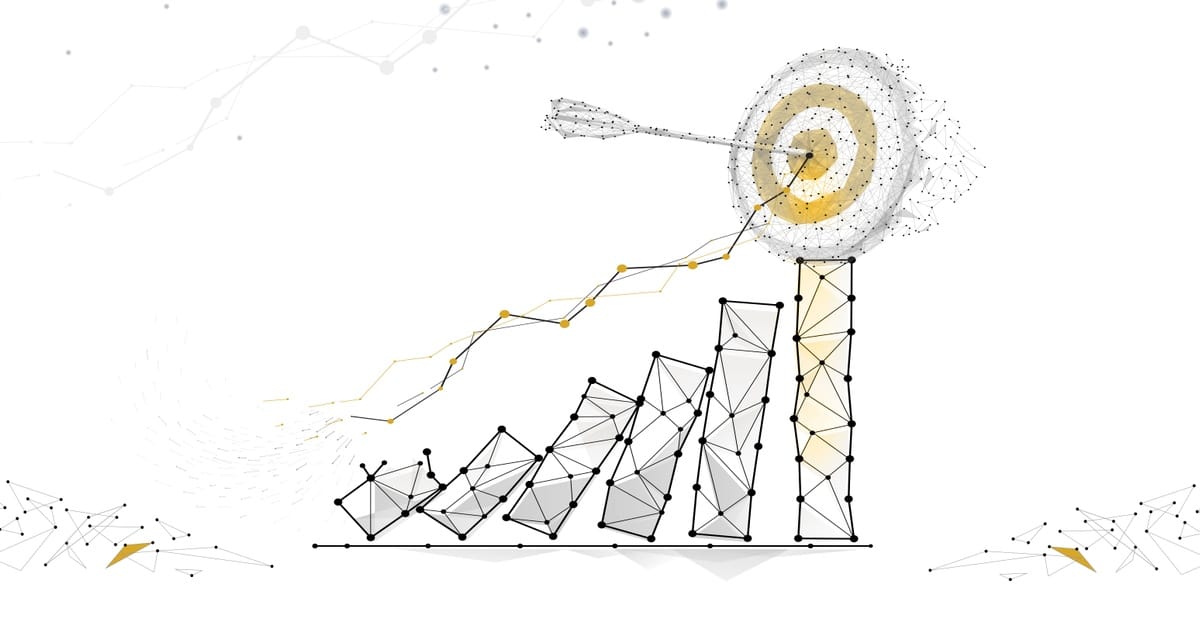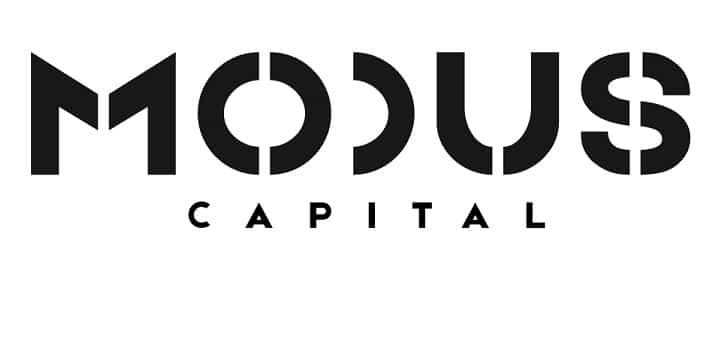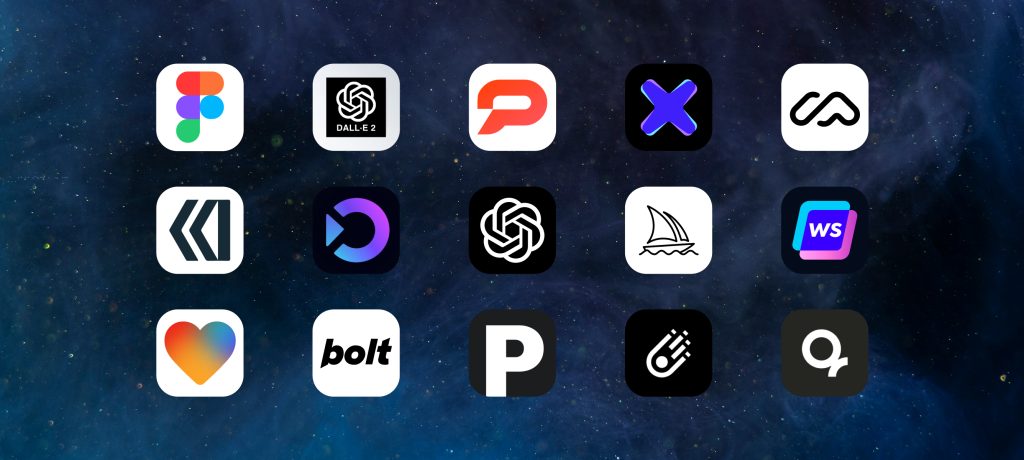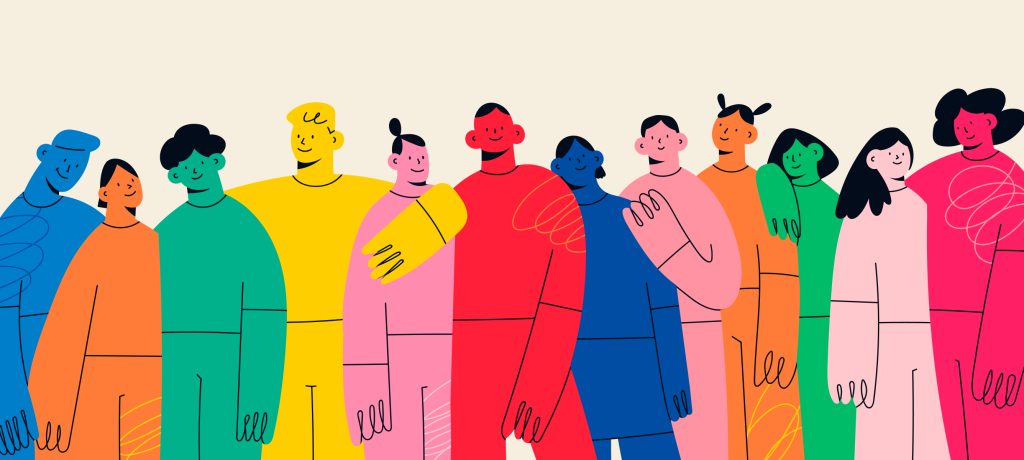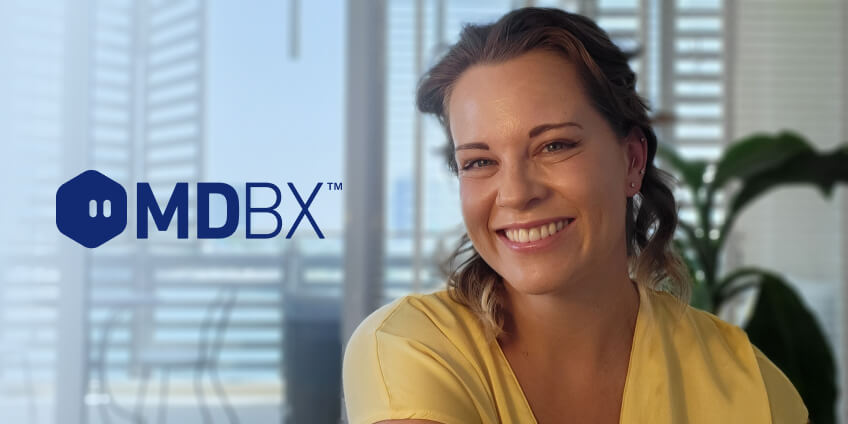In growing and marketing products, there are constants that apply globally and throughout time both online and offline.
Appeals to emotion, the ‘delight factor’ of a certain app feature, publicity stunts all have a certain relevance regardless of region or culture. But in the MENA region we often see certain channels and nuances that work better than others and are more relevant than in other regions of the world.
In this article, I’ll describe a few unique opportunities for startups in the MENA region and example tactics (plus one hack) that can be explored by entrepreneurs in almost any B2C industry.
While your company may already be using these channels, it’s important to always test and optimize channels that work, while exploring new ones that may seem unorthodox or even inapplicable to your industry.
Let’s get started.
SMS
One of the more unique aspects of digital marketing in the MENA region is people’s perception of text messaging when compared to Western markets.
While in the US and Europe, a marketing SMS is frequently ignored, and only transactional texts such as appointment reminders and updates, the Middle East mobile user views the functionality of SMS messages as more akin to a traditional advertising channel.
With that in mind, it’s important to create a strategy for your SMS campaigns that aligns with your audience’s perception of text messaging and cultivates a relationship with them to increase your brand authority and improve conversion rates.
Here I’ll outline a couple top-level strategies for your product or service that approaches texting as a legitimate sales funnel method.
The mini funnel
Like other digital channels, a startup has the unique opportunity to nurture their audience in an automated and intelligent way. Simply sending the same message to everyone in your audience not only is ineffective, it can also be a waste of time, money, as well as alienate your potential customers.
Enter the Mini Sales Funnel. Rather than expanding on multi-channel marketing approaches, which absolutely should be explored and leveraged whenever possible, we’ll focus instead on how a single acquisition channel can be developed into a winning customer attaining machine.
Time decay and FOMO
A simple 10 or 28 day text campaign can provide top, mid, and bottom funnel interactions.
As a best practice, as soon as you receive a leads mobile number, you should follow up with a simple text reminding them of who you are and what you’re all about.
One of the advantages of this is to give the user a reference point as you send additional texts in the future. Following texts should expand on the value proposition of your product while also providing opportunities to purchase or engage with your sales team.
As they approach the end of your campaign, hard-selling tactics become more relevant, especially to those leads that are on the fence about converting.
FOMO, fear of missing out, tactics such as limited-time pricing, bonus offers, upgrades, etc. can be enough to push leads further down the funnel and open those wallets.
The length of your SMS campaign will vary based on the specific type of product or service you offer. For more complex or high-priced products/services, you’ll typically need to build out a longer timed campaign vs. a quick ecommerce transaction campaign.
Cash Payments
Many of us in the startup world in the MENA region are acutely aware of the cash-oriented consumer behavior that doesn’t always align with our ambitions of a slick, all digital transaction.
While it’s not impossible to change a consumer’s behavior, there are certainly economic and cultural challenges that are better left to tackle another day.
So why not use this behavior to your advantage?
When creating a mobile app for any product or service offered in the region, it makes sense to build that behavior directly into your product or app design.
Growth is the output of the relationship between product and marketing. So once you’ve identified the optimal user experience in relation to something as culturally distinct as a preference for cash payments, that product design needs to inform your marketing efforts.
Over time, marketing successes and failures then inform the product, and the relationship builds and grows stronger. As you launch your startup, keep in mind those product benefits when creating your marketing materials to engage your audience on a cultural level.
Influencers
Influencers have become a critical component of the marketing arsenal for many industries all over the world. But the MENA region is especially receptive to this marketing channel.
We’re all familiar with the “product placement” type of social media influencer relationship, but a lack of transparency and clear view of ROI has left many entrepreneurs jaded to the idea of leveraging social media personalities.
Looking beyond that simple product placement relationship however, I’ll outline one “growth hack” any startup can use to de-risk their influencer investment and build a catalog of reusable content that continues to provide value for months or even years.
The first step, of course, is to find an influencer or a short list of influencers that you feel confident have a strong relationship with your target audience.
Approach them about working with your content team for a full day. This is the critical part, rather than working with the standard contract of, for example, 3 tagged posts, product placement post, etc. etc., ask them what they would charge for a full day of creating content.
The type of content obviously depends on the product you’re offering and the influencers main social channel (YouTube, Instagram, etc.).
The idea here is that an influencer can make a nice amount of money for just one day of work. But in return, your company is able to capture and use a TON of content – video, photos, audio, all of the above rather than a few social media posts that will quickly get buried.
Most likely you’ll also want to create a contract that includes the influencer posting and tagging with this content as you normally would, and you’ll also need to define that the content created is yours and using their likeness in future content is part of the deal.
Now that you have all of this content, you can leverage the influencers name and likeness in your future marketing campaigns, post to your own social channels, and have a backlog of great content to pull from for as long as it’s relevant.
I’ll note here, that you may experience some sticker shock at what an influencer might charge in a day, but keep in mind that you are paying for a large amount of high quality content, PLUS many influencers are unsure of what they should be charging and will likely only charge a small amount more than they would in a typical product placement relationship.
Word of Mouth
Word of mouth matters. Globally it is one of the highest converting channels in existence. And MENA is no exception to this! When it comes to the MENA region, no one values their neighbor’s opinion more than an Egyptian, amirite?
However, word of mouth is also one of the most elusive channels to exploit. The most common tactic in the startup world, is to offer referral incentives for current customers to get them to convert their network. Leveraging that trust factor is what it’s all about. But what if referral systems don’t work (or work effectively enough) for your particular situation?
Thinking beyond sales funnels and marketing tactics, the most important thing your company can achieve is to get people to TALK about your product.
This could be something that is built into your product itself or an unorthodox theme for your brand or marketing. An unexpected and delightful feature of your app, product packaging, or customer service protocols all can be ways of not only adding value for your customer, but also gives them something unique to mention to friends and colleagues.
Warby Parker and Zappos are two US based companies that leveraged their customer relationships to generate amazing growth. Both companies identified what stopped people from purchasing clothing and accessories online and went over-the-top to alleviate those pain points.
In Zappos’ case, they made the ability to return an item (namely, shoes) an absolute breeze. No shipping costs, no hassles. Making it very easy to commit to something that may not fit or look right in person.
Similarly, Warby Parker became famous for their system of sending individuals up to 5 eyewear frames to try at home before making any commitment to purchase. Completely eliminating the hesitation of ordering something that most people are very “appearance sensitive” to.
Evaluating your particular industry, identifying pain points, and going above and beyond to address them is just one way you can foster word of mouth growth for your company.
These are just a few ideas to explore when maximizing your product and marketing efforts in the region. At Modus we work operationally with our portfolio companies to build out Growth Frameworks that facilitate testing and optimizing tactics that are of the greatest value and drive the most impact for each unique industry, product, and audience.
Opinions expressed in this article are those of the authors and do not necessarily reflect the official policy of Modus Capital.
More Resources:
Simplifying SEO for MENA Market
